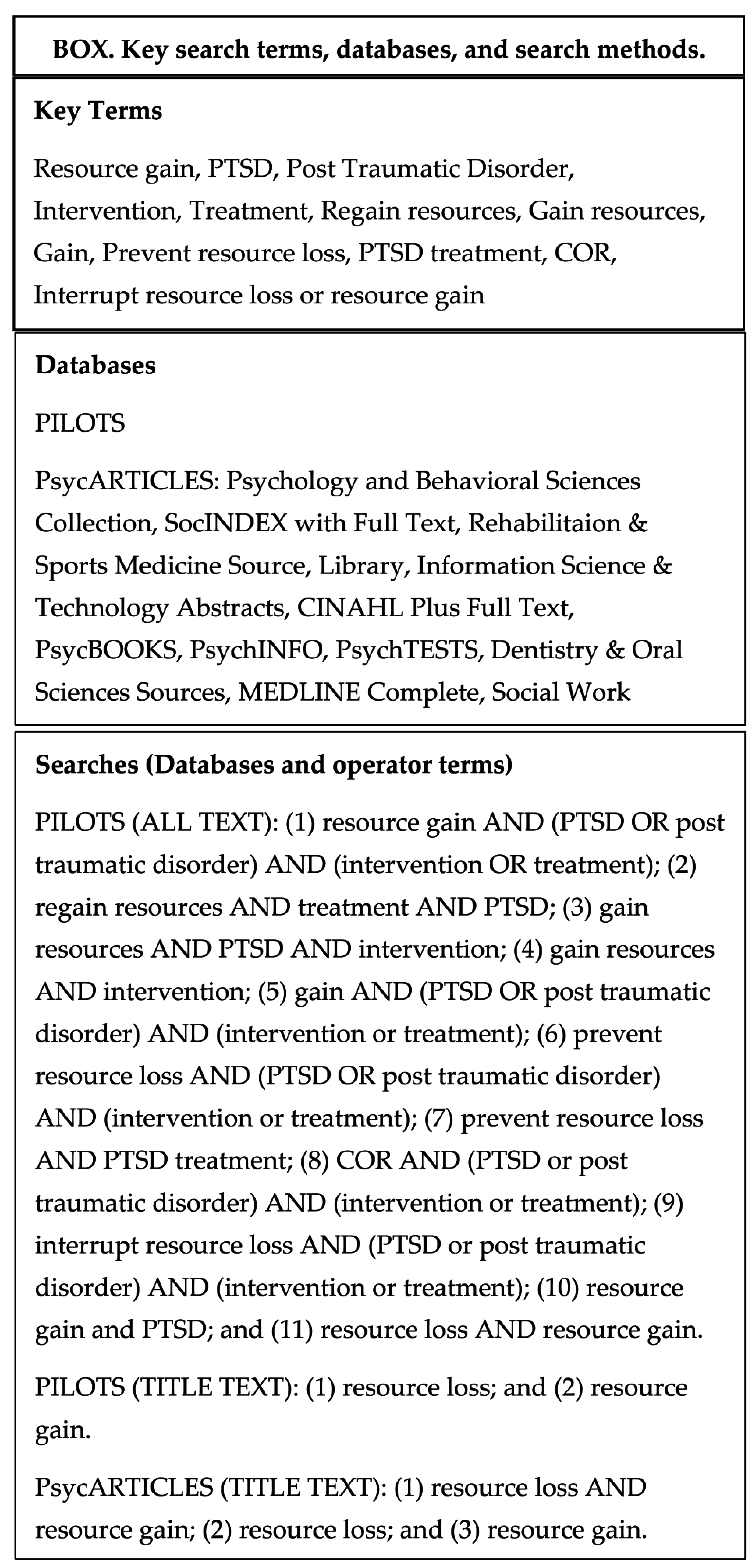Caps Clinician Administered Ptsd Scale Pdf Plans
PTSD Checklist for DSM-5 (PCL-5) Description The PCL-5 is a 20-item self-report measure that assesses the 20 DSM-5 symptoms of PTSD. The PCL-5 has a variety of purposes, including: • Monitoring symptom change during and after treatment • Screening individuals for PTSD • Making a provisional PTSD diagnosis The gold standard for diagnosing PTSD is a structured clinical interview such as the Clinician-Administered PTSD Scale (CAPS-5). When necessary, the PCL-5 can be scored to provide a provisional PTSD diagnosis. Gigatronics 605 Service Manual. Changes from previous PCL for DSM-IV Several important revisions were made to the PCL in updating it for DSM-5: • PCL for DSM-IV has three versions, PCL-M (military), PCL-C (civilian), and PCL-S (specific), which vary slightly in the instructions and wording of the phrase referring to the index event. PCL-5 is most similar to the PCL-S (specific) version. There are no corresponding PCL-M or PCL-C versions of PCL-5.

For Combat-Related PTSD (M-PTSD), and the Clinician-Administered PTSD Scale (CAPS). CAPS-5 is a 30-item questionnaire that takes 45–60 minutes to administer and yields a single score of PTSD. Other useful instruments can be incorporated into a treatment plan, such as a strengths-based assessment.

• Although there is only one version of the PCL-5 items, there are three formats of the PCL-5 measure, including one without a Criterion A component, one with a Criterion A component, and one with the LEC-5 and extended Criterion A component. • The PCL-5 is a 20-item questionnaire, corresponding to the DSM-5 symptom criteria for PTSD. The wording of PCL-5 items reflects both changes to existing symptoms and the addition of new symptoms in DSM-5. • The self-report rating scale is 0-4 for each symptom, reflecting a change from 1-5 in the DSM-IV version. Rating scale descriptors are the same: 'Not at all,' 'A little bit,' Moderately,' 'Quite a bit,' and 'Extremely.' • The change in the rating scale, combined with the increase from 17 to 20 items means that PCL-5 scores are not compatible with PCL for DSM-IV scores and cannot be used interchangeably.
Administration and Scoring The PCL-5 is a self-report measure that can be completed by patients in a waiting room prior to a session or by participants as part of a research study. It takes approximately 5-10 minutes to complete. The PCL-5 can be administered in one of three formats: • Without Criterion A (brief instructions and items only), which is appropriate when trauma exposure is measured by some other method • With a brief Criterion A assessment • With the revised Life Events Checklist for DSM-5 (LEC-5) and extended Criterion A assessment Interpretation of the PCL-5 should be made by a clinician.
The PCL-5 can be scored in different ways: • A total symptom severity score (range - 0-80) can be obtained by summing the scores for each of the 20 items. • DSM-5 symptom cluster severity scores can be obtained by summing the scores for the items within a given cluster, i.e., cluster B (items 1-5), cluster C (items 6-7), cluster D (items 8-14), and cluster E (items 15-20).